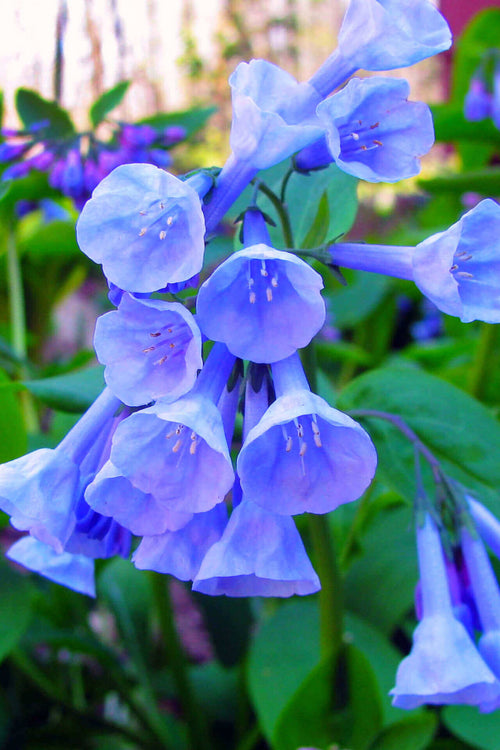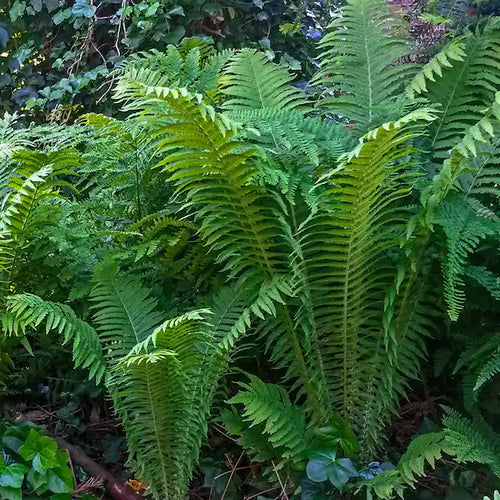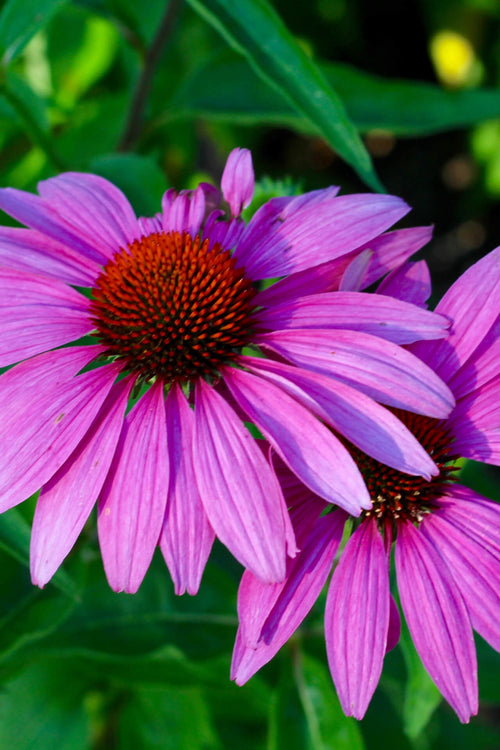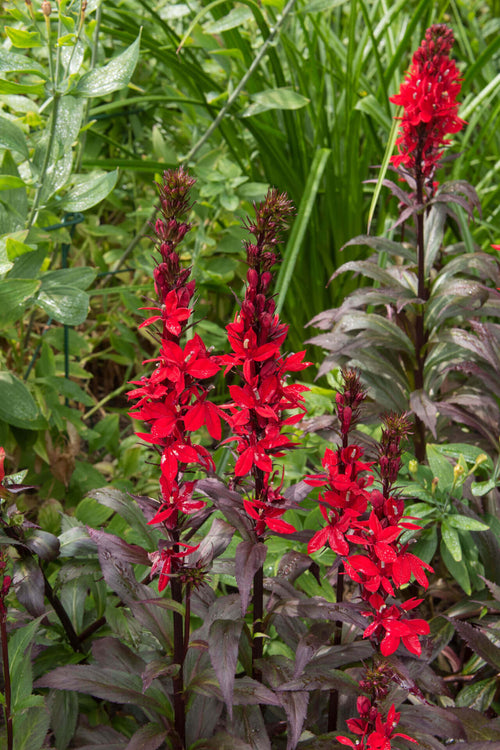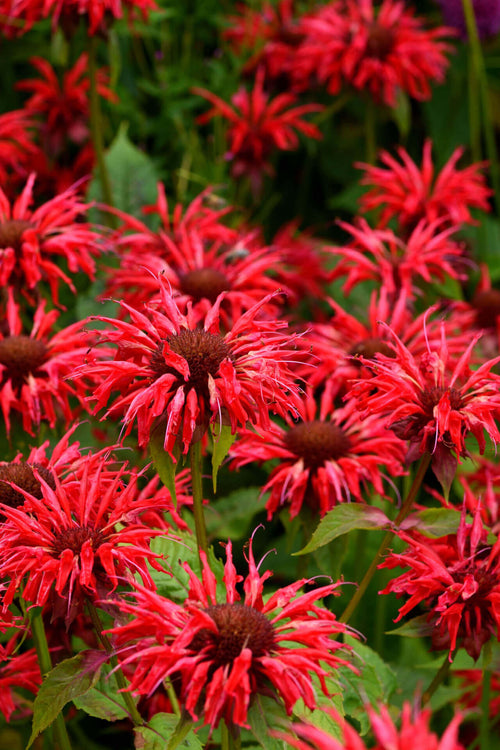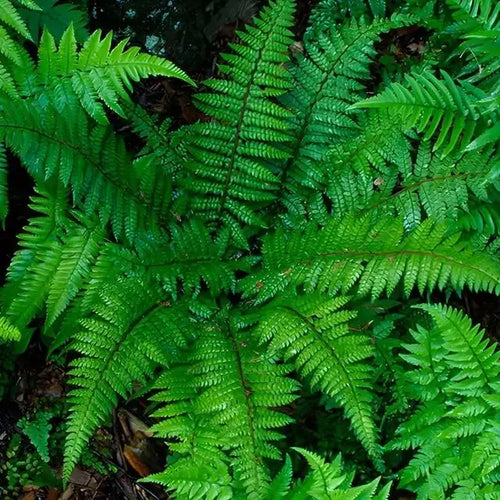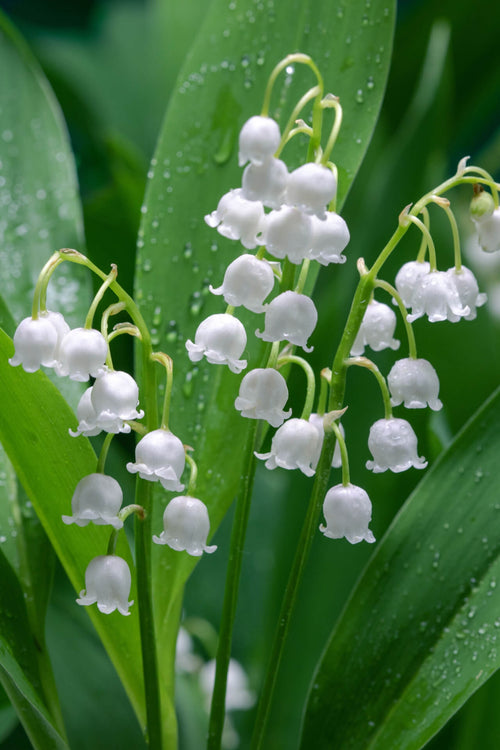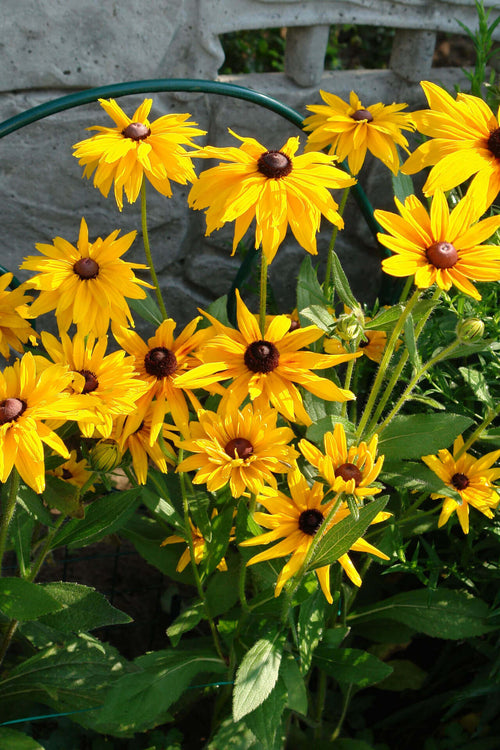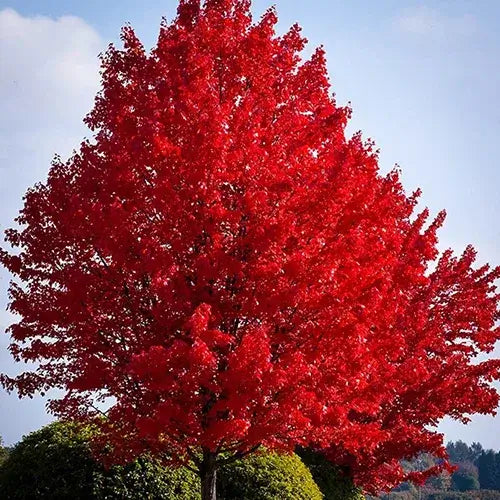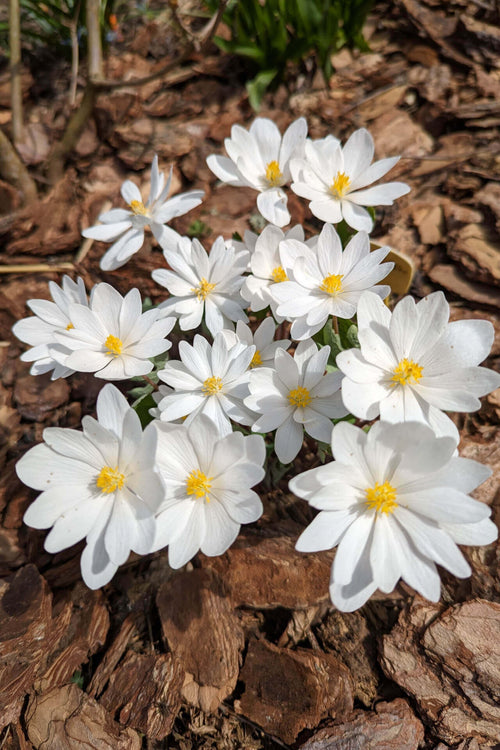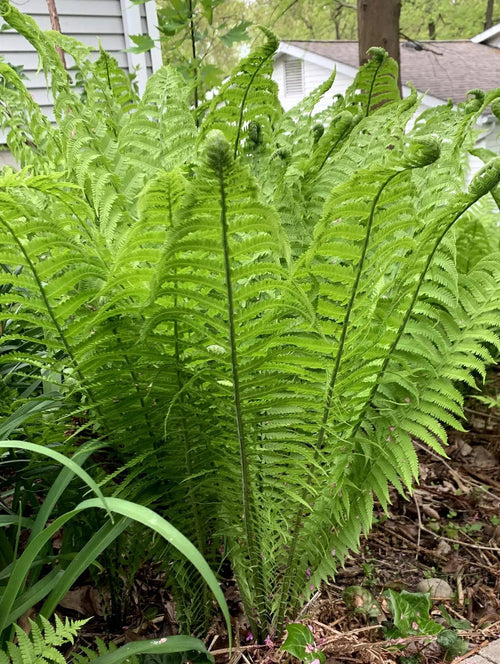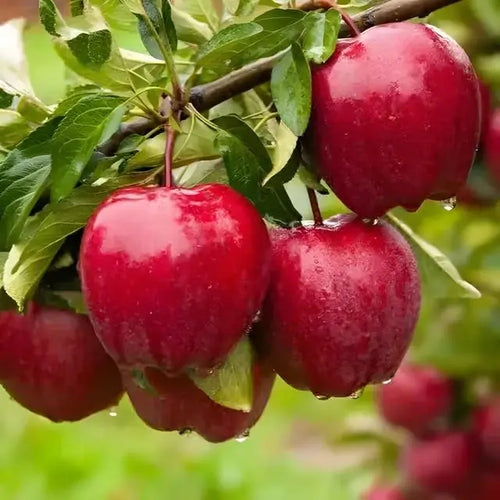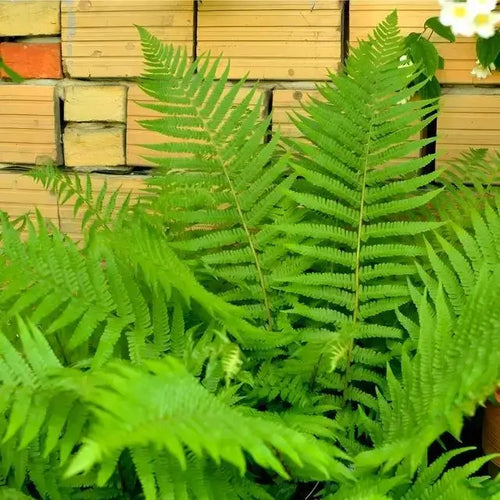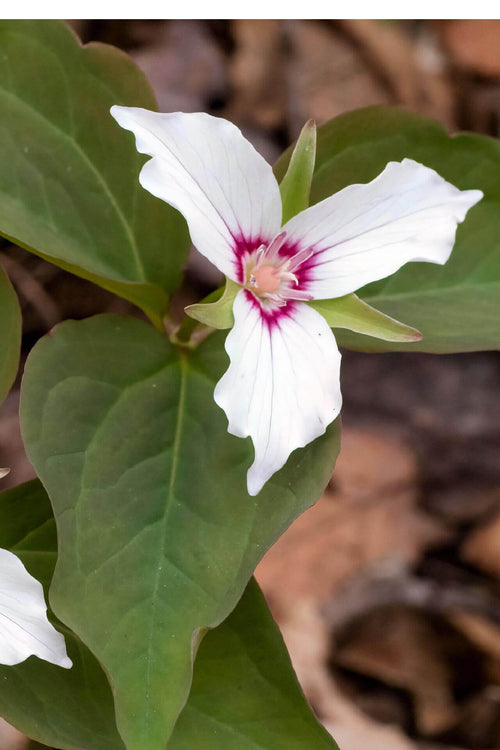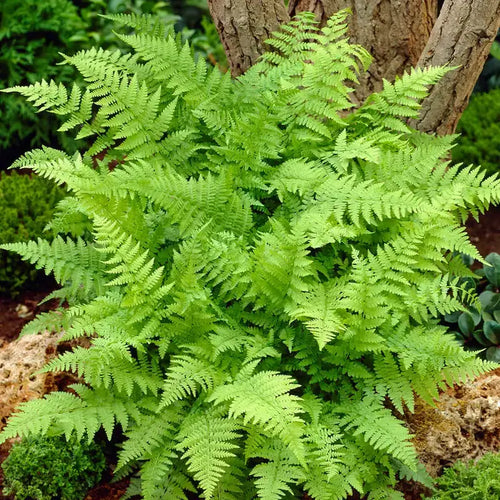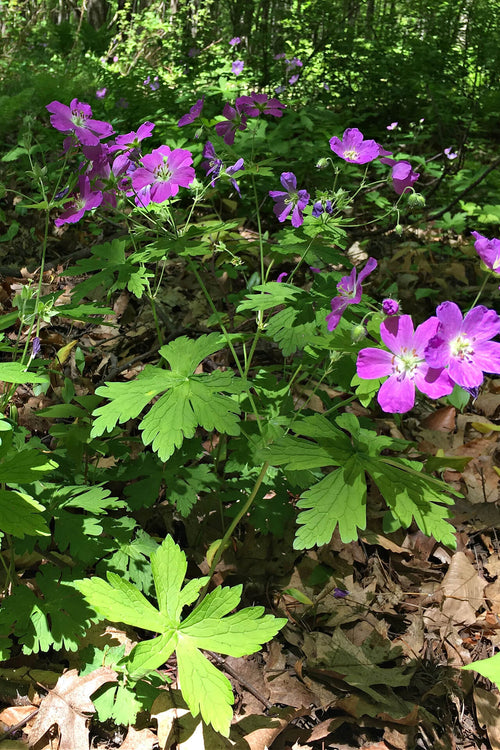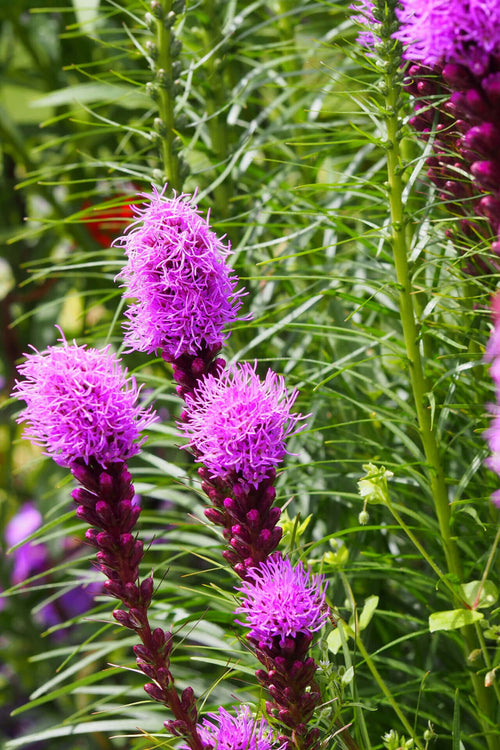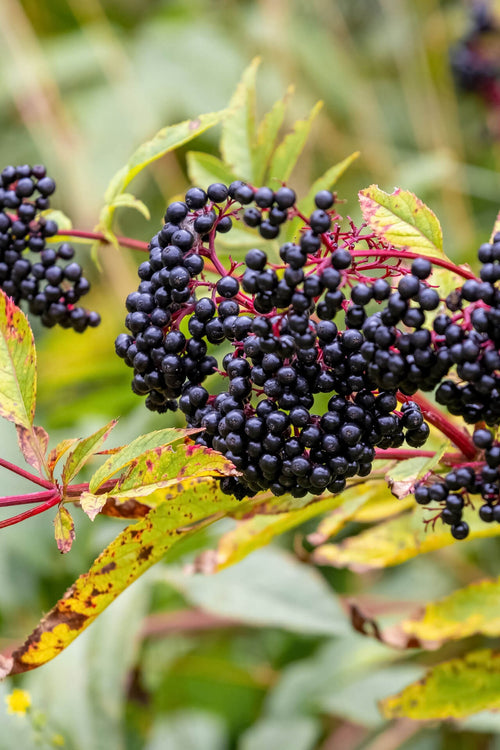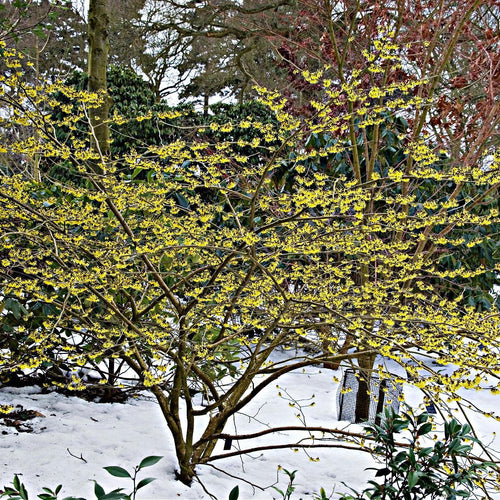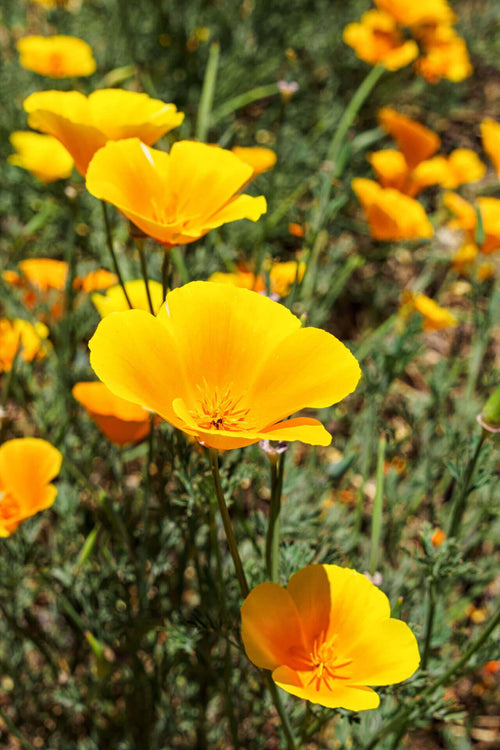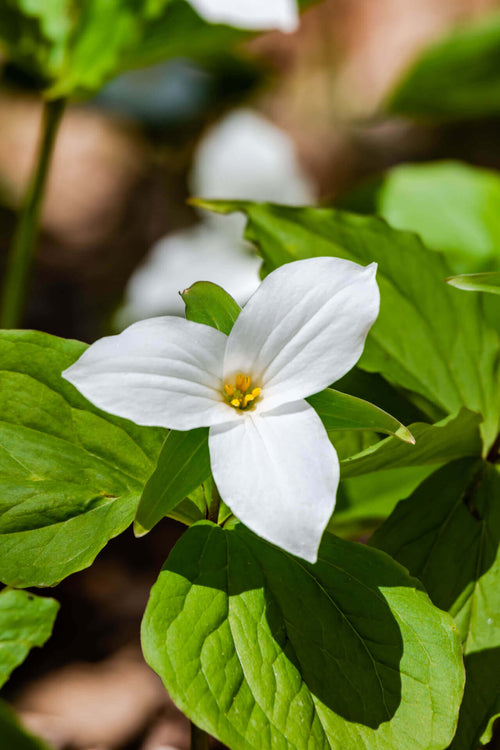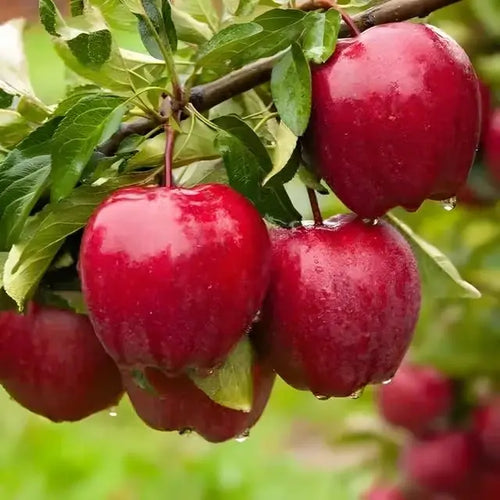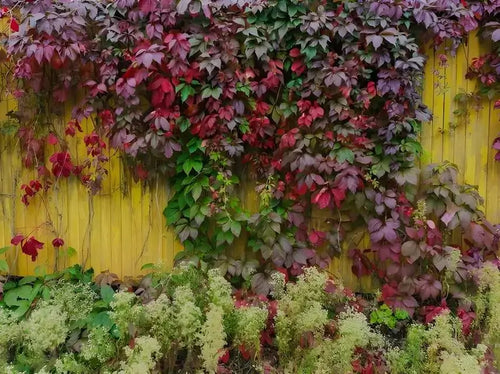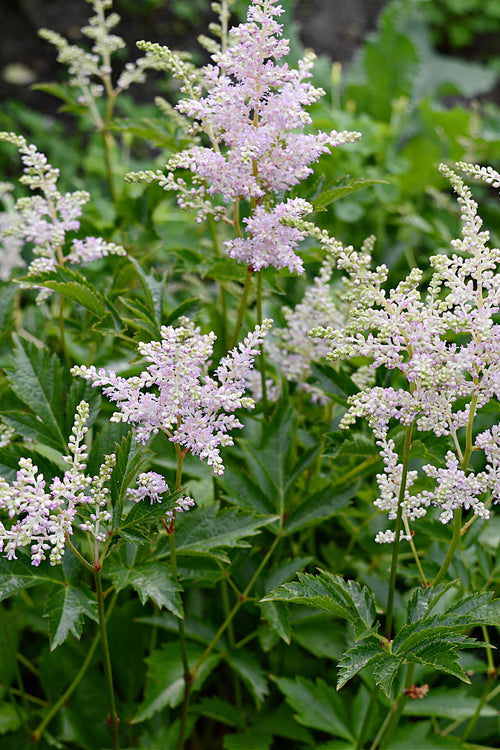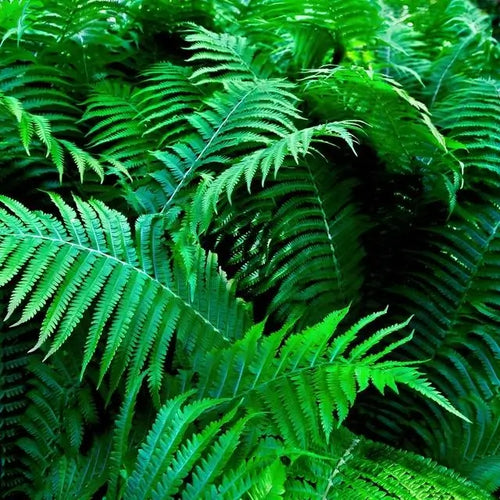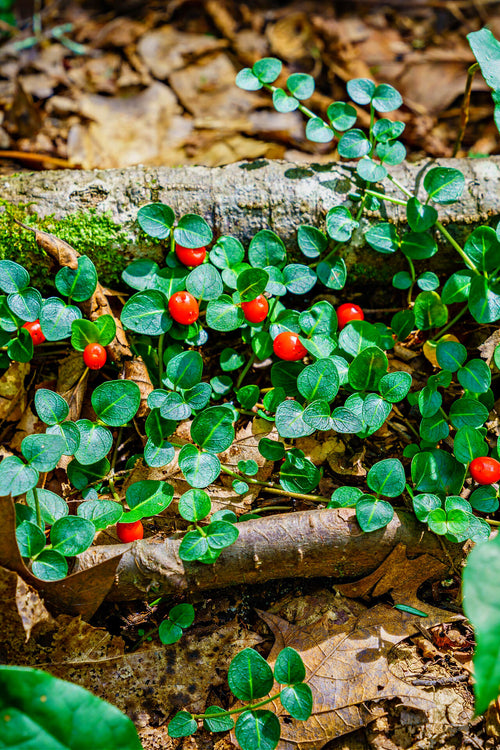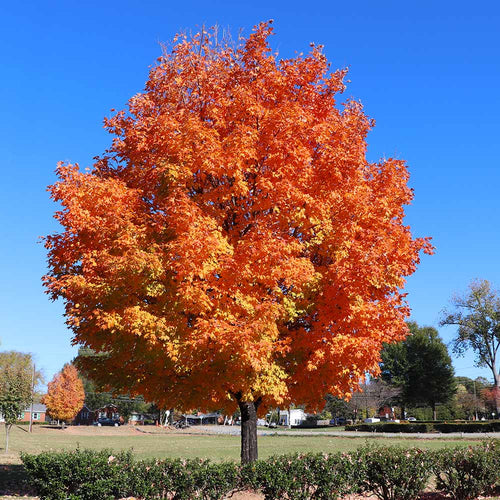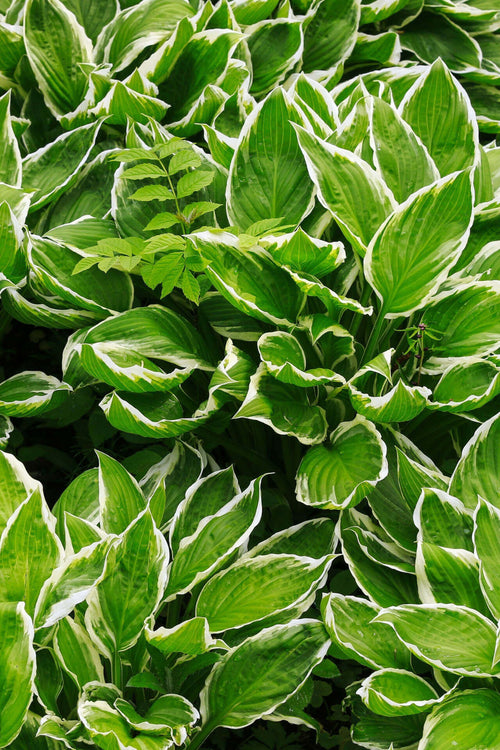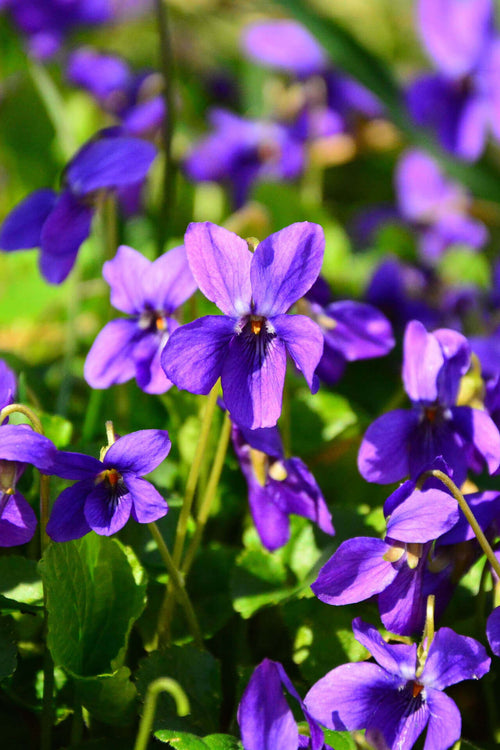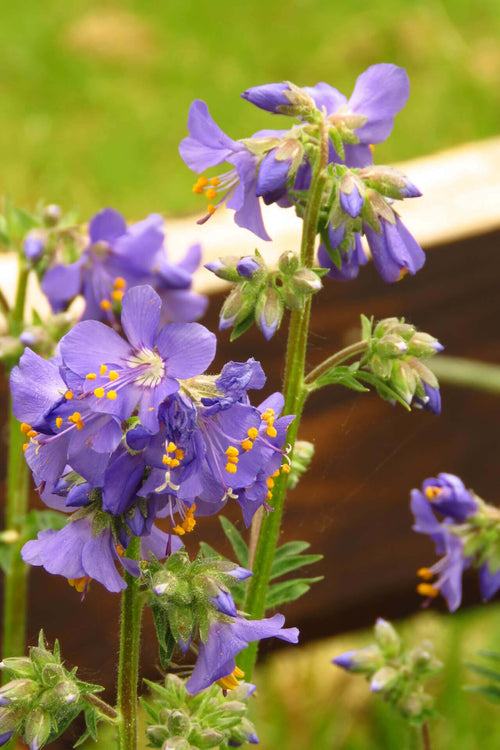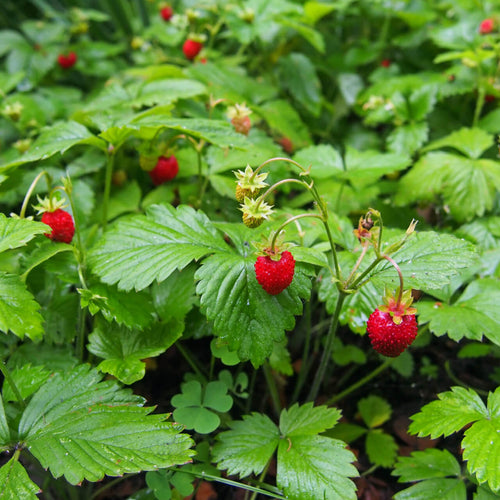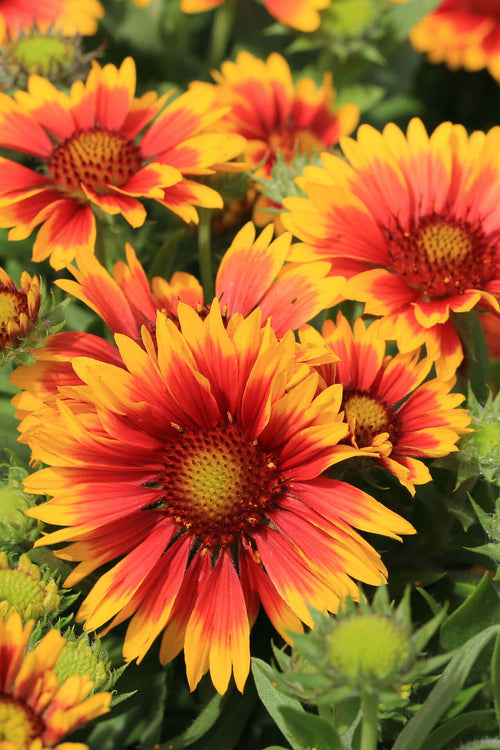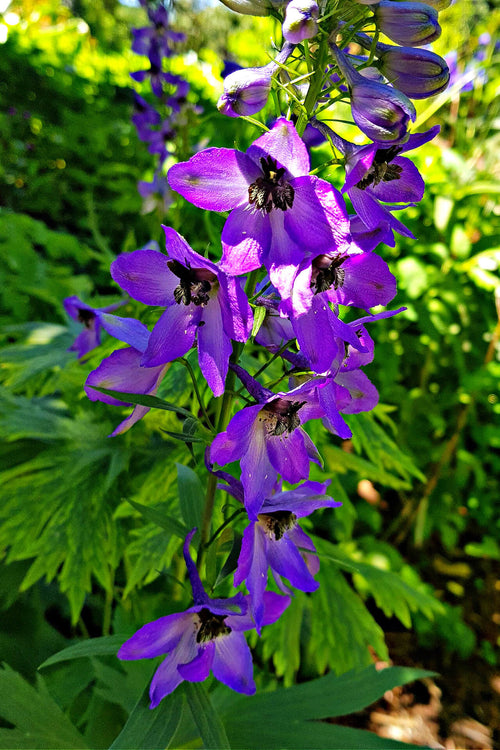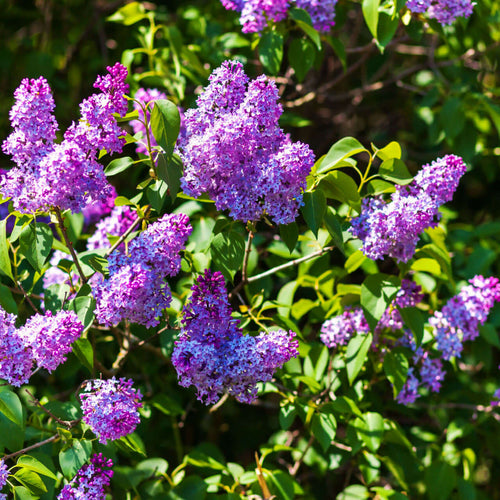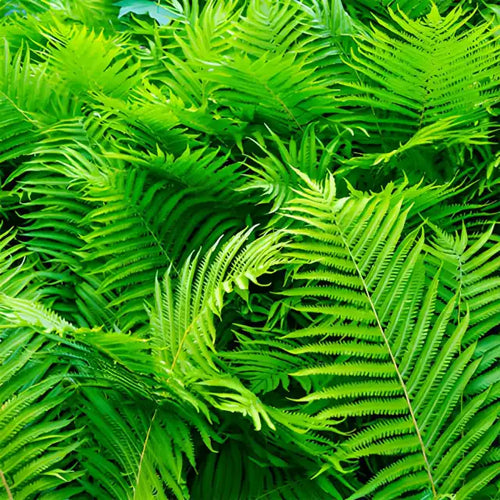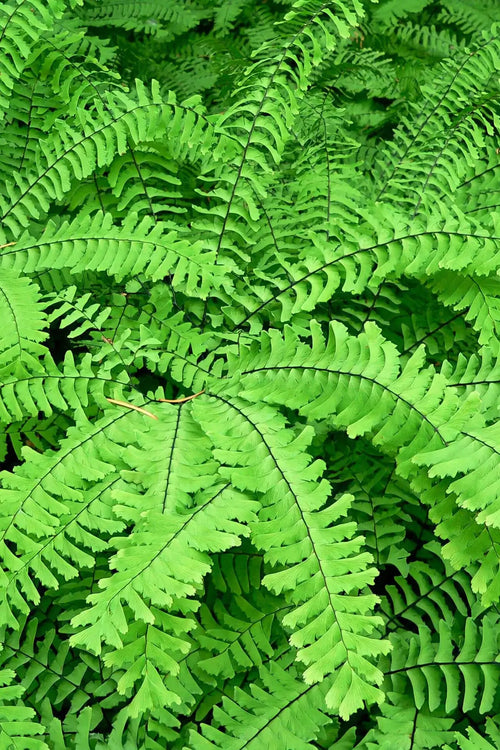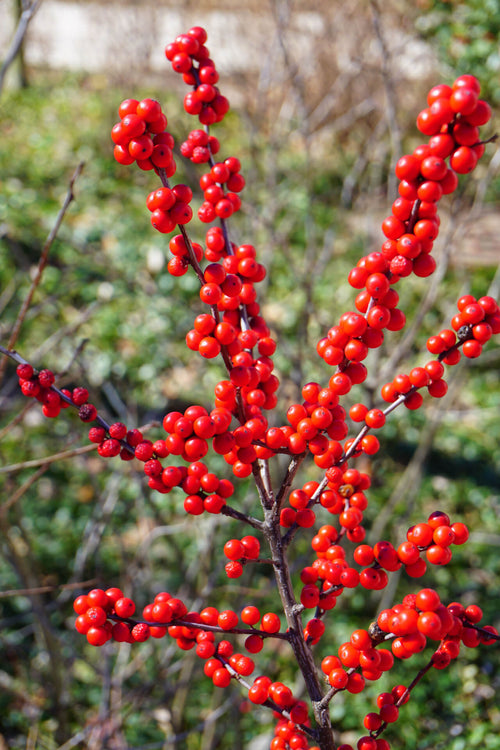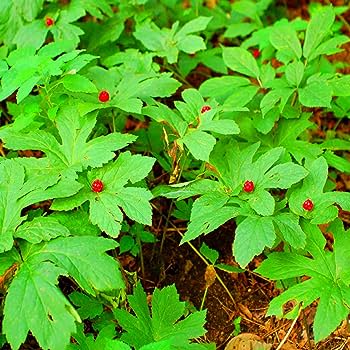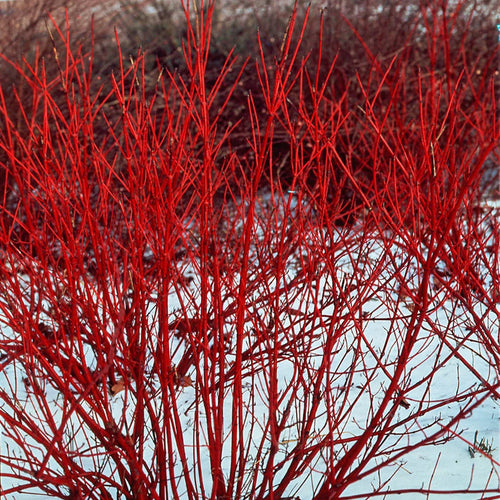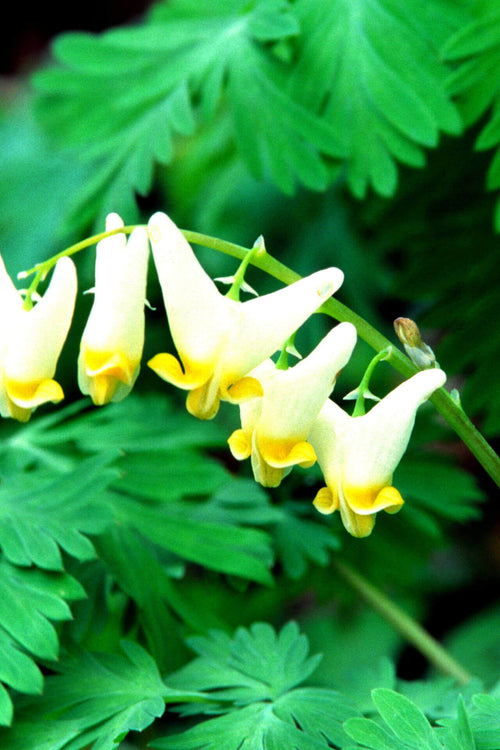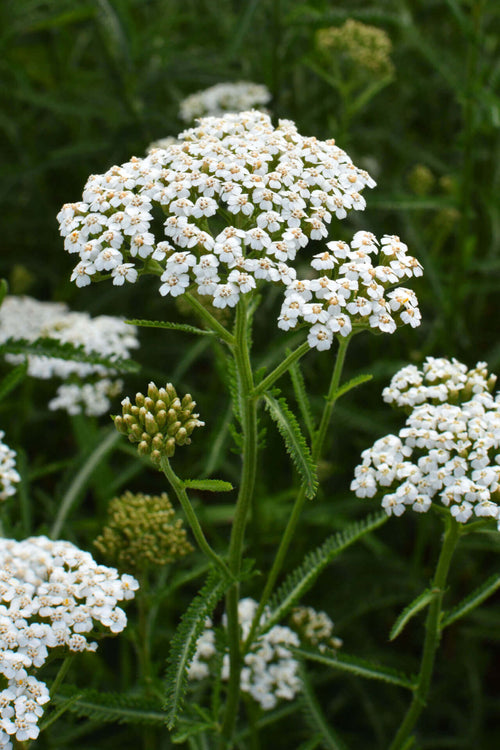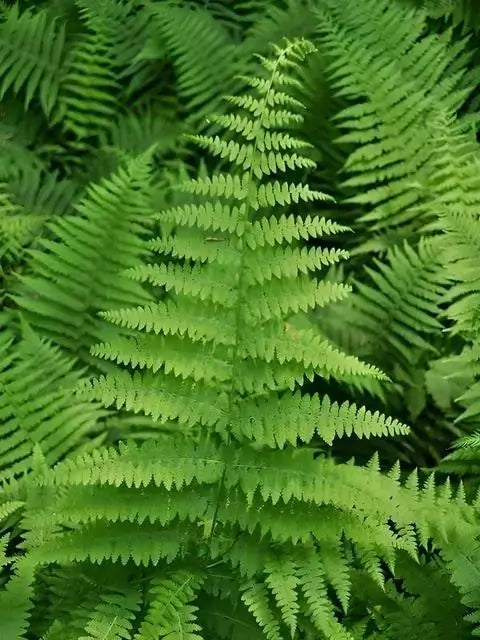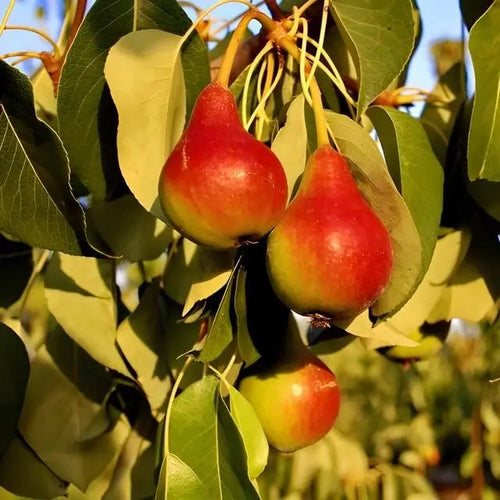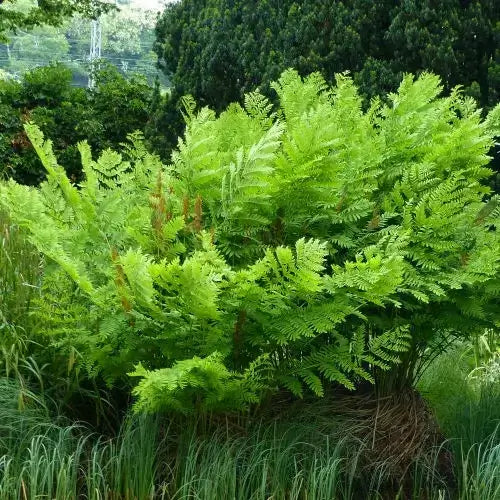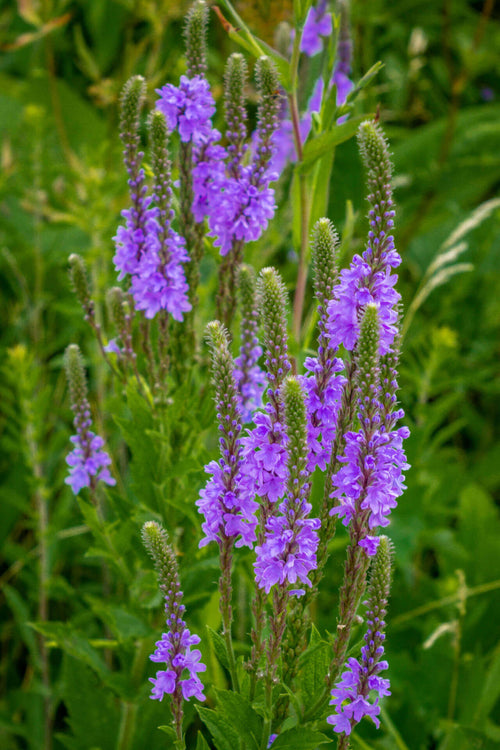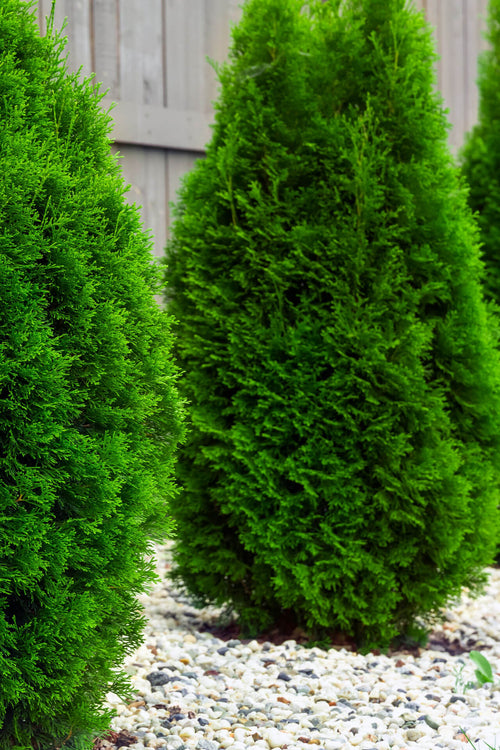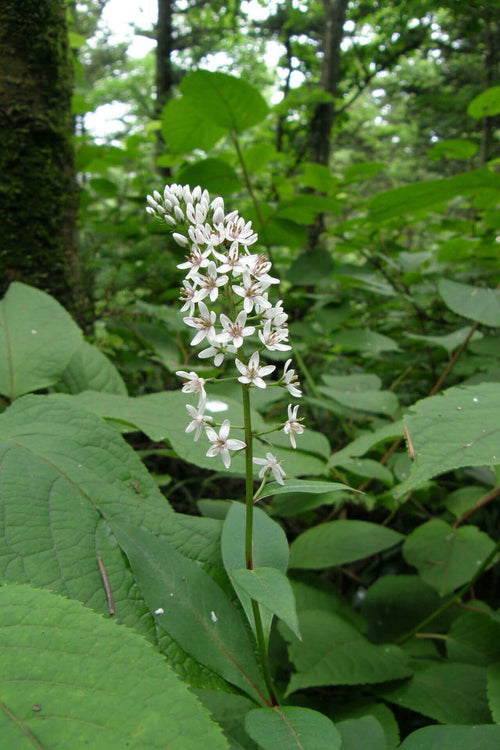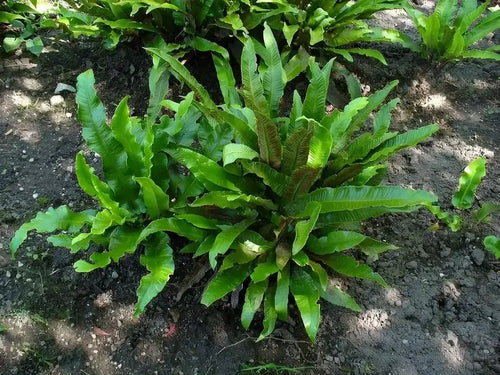Shade Fern Package - 10 Plants
The perfect solution for adding lush greenery and a touch of elegance to any shady area of your home or garden. This thoughtfully curated collection of ten different fern varieties is specifically chosen to thrive in low-light conditions, making it ideal for those challenging spots where other plants struggle to flourish.
Shade Fern Package - 10 Plants
Each Shade Fern Package contains a diverse assortment of ferns, carefully selected to provide a captivating display of textures, shapes, and shades of green. With this collection, you'll enjoy a symphony of foliage that will transform any shaded corner into a tranquil oasis. Whether you're looking to create a soothing indoor retreat or enhance the beauty of your outdoor sanctuary, these ferns are sure to impress.
One of the highlights of the Shade Fern Package is its versatility
These ferns can thrive in various environments, from indoor containers to shaded garden beds, making them an excellent choice for beginner and experienced gardeners. With their adaptability, you can quickly bring the beauty of nature indoors or create a lush outdoor retreat without worrying about excessive sunlight.
Regarding care, the Shade Fern Package requires minimal maintenance. Provide them with adequate moisture, indirect light, and occasional feeding, and they will reward you with their luxuriant foliage.
The Shade Fern Package includes ten unique fern varieties with distinct characteristics and charm.
From the delicate fronds of the Boston Fern (Nephrolepis exaltata) to the architectural beauty of the Bird's Nest Fern (Asplenium nidus), this collection offers a captivating assortment that will satisfy any fern enthusiast.
These ferns are visually appealing and benefit your living space. With the Shade Fern Package, you'll enjoy a stunning display of greenery and breathe in fresher, cleaner air.With their timeless beauty and calming presence, ferns have been a favorite among gardeners and interior designers for generations. The Shade Fern Package allows you to effortlessly incorporate these cultivated plants into your home decor, creating a harmonious and tranquil atmosphere that promotes relaxation and well-being.With its diverse selection of fern varieties, easy care requirements, and ability to thrive in low-light conditions, this package is a must-have for any plant lover. Transform your space into a verdant sanctuary with the Shade Fern Package and enjoy these plants' timeless beauty and benefits.The Shade Fern Package - 10 Plants offers many benefits beyond its aesthetic appeal. Here are ten compelling reasons why investing in this package is a wise choice for any plant lover or gardener:1. Thrives in Low-Light Conditions: The ferns included in the Shade Fern Package are specifically chosen for their ability to thrive in shaded areas. Unlike many other plants that require direct sunlight, these ferns can flourish in low-light conditions, making them an excellent choice for indoor spaces or shady corners of your garden.2. Diverse Assortment: The package contains ten different fern varieties with unique characteristics and beauty. From the delicate fronds of the Boston Fern to the broad architectural leaves of the Bird's Nest Fern, this collection provides a diverse range of textures, shapes, and shades of green, ensuring a captivating and visually appealing display.3. Minimal Maintenance: Ferns are renowned for their resilience and low-maintenance nature. Provide them with adequate moisture, indirect light, and occasional feeding, and these ferns will thrive with minimal effort on your part.4. Air Purification: One of the remarkable benefits of ferns is their ability to purify the air naturally. These plants act as natural filters, removing toxins and impurities from the environment and improving indoor air quality. Introducing the Shade Fern Package into your home or office lets you enjoy fresher air and a healthier living environment.5. Stress Reduction: The presence of plants, including ferns, has been shown to have a positive impact on reducing stress and promoting relaxation. The calming green foliage and natural elements of the Shade Fern Package create a soothing ambiance, helping to create a serene atmosphere in any space.6. Versatile Placement Options: The Shade Fern Package is incredibly versatile for placement. Their adaptability allows you to create indoor and outdoor displays.7. Adds Depth and Texture: Ferns provide a unique texture with elegant and feathery fronds.8. Natural Privacy Screens: Ferns are excellent for creating natural privacy screens in your backyard or patio. Placing them strategically along fences or boundaries enhances the space's beauty. It provides an added layer of privacy, shielding you from prying eyes while allowing a gentle flow of air and light.9. Educational and Therapeutic Value: The Shade Fern Package offers educational and therapeutic benefits, making it an ideal choice for schools, hospitals, and therapy centers. Observing the growth and development of ferns can be a great learning experience for children, teaching them about plant life cycles and fostering a sense of responsibility. Moreover, gardening and spending time with plants have positively impacted mental well-being. They can be a therapeutic activity for individuals of all ages.10. Long-lasting Beauty: Ferns are known for their longevity and endurance. With proper care, the ferns in the Shade Fern Package can provide lasting beauty and enjoyment for many years. Their timeless appeal and ability to adapt to different environments ensure you can enjoy their lush foliage and captivating presence season after season. the Shade Fern Package - 10 Plants offers many benefits. From its ability to thrive in low-light conditions and require minimalMaintaining the Shade Fern Package - 10 Plants is relatively easy, as ferns are resilient and adaptable. However, a few essential care tips will help ensure your ferns thrive and continue bringing beauty to your space. Shade Fern Package tips:1. Light Requirements: While ferns can tolerate low-light conditions, providing them with indirect, filtered light is essential. Place your ferns near windows with sheer curtains or areas that receive bright, indirect light.2. Watering: Ferns prefer consistently moist soil. Water your ferns whenever the top inch of the soil feels slightly dry. Ensure that your pots have proper drainage to prevent waterlogging. Mist the leaves occasionally to mimic the humidity levels they thrive in.3. Humidity: Ferns naturally thrive in humid environments. Place a tray with water near your ferns, or use a humidifier to maintain optimal humidity levels. Alternatively, grouping your ferns can create a microclimate that enhances humidity levels around the plants.4. Soil: Ferns prefer well-draining soil that retains moisture.5. Fertilization: While ferns are generally low feeders, occasional fertilization can help promote healthy growth. Use a balanced, water-soluble fertilizer designed explicitly for houseplants.6. Pruning: Regular pruning helps maintain the shape and appearance of your ferns. Pruning also encourages new growth and prevents overcrowding within the plant.7. Pest Control: Ferns are generally resistant to pests, but occasionally, you may encounter issues with mealybugs, scale insects, or spider mites. Inspect your ferns regularly, especially under the leaves, for signs of infestation. If you notice pests, treat them with insecticidal soap or a horticultural oil spray, following the instructions on the product label.8. Temperature: Most ferns thrive between 60-75°F (15-24°C). Avoid exposing them to extreme temperature fluctuations, such as cold drafts or hot air vents. Keep your ferns away from heating or cooling sources that may cause rapid temperature changes.9. Seasonal Care: During the winter, indoor heating can cause drier conditions; paying extra attention to humidity levels and watering is essential. You may need to increase misting or use a humidifier to ensure the ferns receive adequate moisture.10. Observation: Regularly observe your ferns for signs of distress or disease. Look for wilting, discoloration, or unusual growth patterns. For clarification on a particular problem, consult a local horticulturist or plant expert for guidance.Following these maintenance tips ensures that your Shade Fern Package - 10 Plants remains healthy, vibrant, and a source of natural beauty in your home or garden. With proper care, your ferns will continue to thrive and bring a touch of tranquility to your surroundings.
Shade Fern Package: TN Nursery lovingly grows the most vigorous ferns at our central Tennessee nursery, and when you see our shade fern package with your own eyes, we will convince you. The ten big, mature plants are sure to impress you.
We grow the healthiest and best ferns you can imagine. The shade fern package is your chance to purchase this set, hand-selected by our horticulture experts.
When you order your shade fern package, we note your U.S.D.A. growing zone to ensure you receive only species that will flourish in your region.
Shade Fern Package Includes the Ten Best Species for Your Region
Some of the species that you might receive, based on your USDA zone, include the following ferns:
Royal ferns: One of the most popular ferns offered by TN Nursery, royal ferns have a classic, regal appearance and add a pop of bright green to your shade garden.
Ostrich (Fiddlehead) ferns: Ostrich ferns (aka fiddlehead ferns): These ferns have tall, lovely, bright green fronds that coil inward, creating visual interest.
Giant ostrich ferns: These massive ferns grow tall, adding life to a shade garden and serving as a focal point. This species is a showstopper.
Glade ferns: These shiny-leafed, gently draping ferns are shade-loving ferns that our customers love.
Hay-scented ferns: Hay-scented ferns are fast growers that add vibrant greenery and have a comforting fresh-cut hay aroma.
New York ferns: This New York native species is prevalent with TN Nursery customers in colder climates.
Cinnamon ferns: They take their name from the tall cinnamon-colored spike it displays alongside its beautiful greenery.
Sensitive ferns: This species grows well in all but the coldest climates. Its fronds have a lovely, beaded appearance.
Leatherwood ferns: The leathery appearance adds an intriguing look to the fronds of this species.
Christmas ferns: This medium-sized, bright green fern is an evergreen species you can enjoy all year.
Bracken ferns: The lovely bracken fern adds an aesthetically pleasing burst of light green anywhere you plant it.
Entrust us to choose the ten best ferns for your growing zone; we are confident you will be delighted with our selections.
TN Nursery will serve as your horticulturist.
The shade fern package will include the best ferns for your growing area. Let us serve as your private horticulturist--order your shade fern package today.
Shade Fern Package is Available To Purchase Online At TN Nursery

